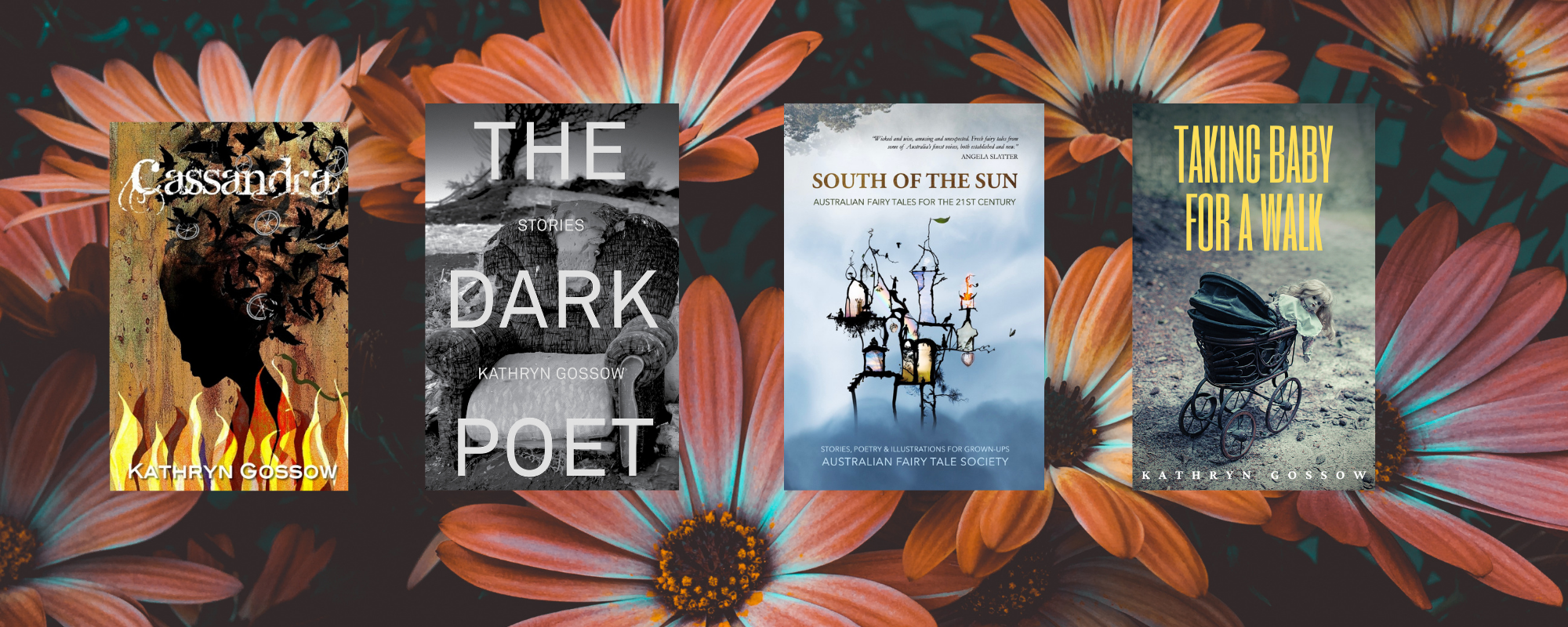What I have learnt is that when I am writing I need to know the place I am writing. I have to have a picture of it in my head. Where I went wrong was letting the place in my head change.
In the first draft of Cassandra, the characters did things in the space they lived in, they moved about, and they saw things and interacted, but in my head the house changed and the surrounds changed too many times and the setting became inconsistent. I had to stop. Reread everything and actually draw – with a pencil – the definitive version. Whatever contradicted the definitive version had to change.
The final setting is a hybrid of the house I grew up in. It has red carpet and the paddocks but the back veranda is different and plan is different. But when I picture the characters celebrating a birthday in the dining room – that is the dining room I am in. It does not matter if the reader pictures it differently as long as I am consistent with what is in my head.
I wish I had just decided from the outset that it WAS my old house and farm. I would have saved myself a lot of time rewriting and re-envisaging
More recently, I set a story in a high school. The high school is one I visited 15 years ago. The brick wall the characters sit on is the one I sat on in my high school. The specifics of these places is not important. What the reader needs to know if there is a brick wall, it is a rural small town school, it is dusty, hot, windy and it smells like cow poo.
Deciding on which place to ‘picture’ before I started writing has been an important lesson and one I recommend. It is bizarre to me that even years later when I re-read a story I picture the place in my exactly how I did at the time. Think of a place you know (or meld a couple of places). Picture the characters there. Write them there. Don’t change your mind!

I hear you out on this one. The best scenes I’ve written are those that I’ve already gotten a clear picture of in my mind.